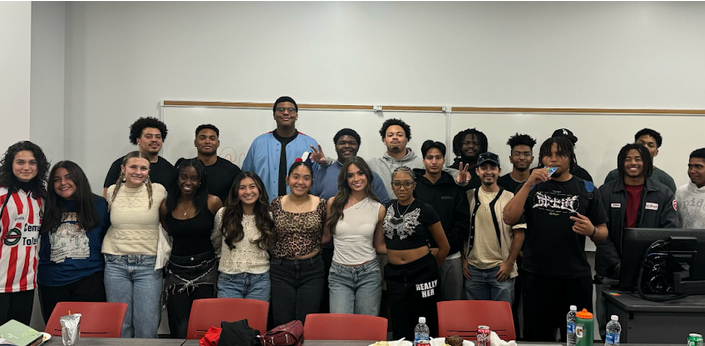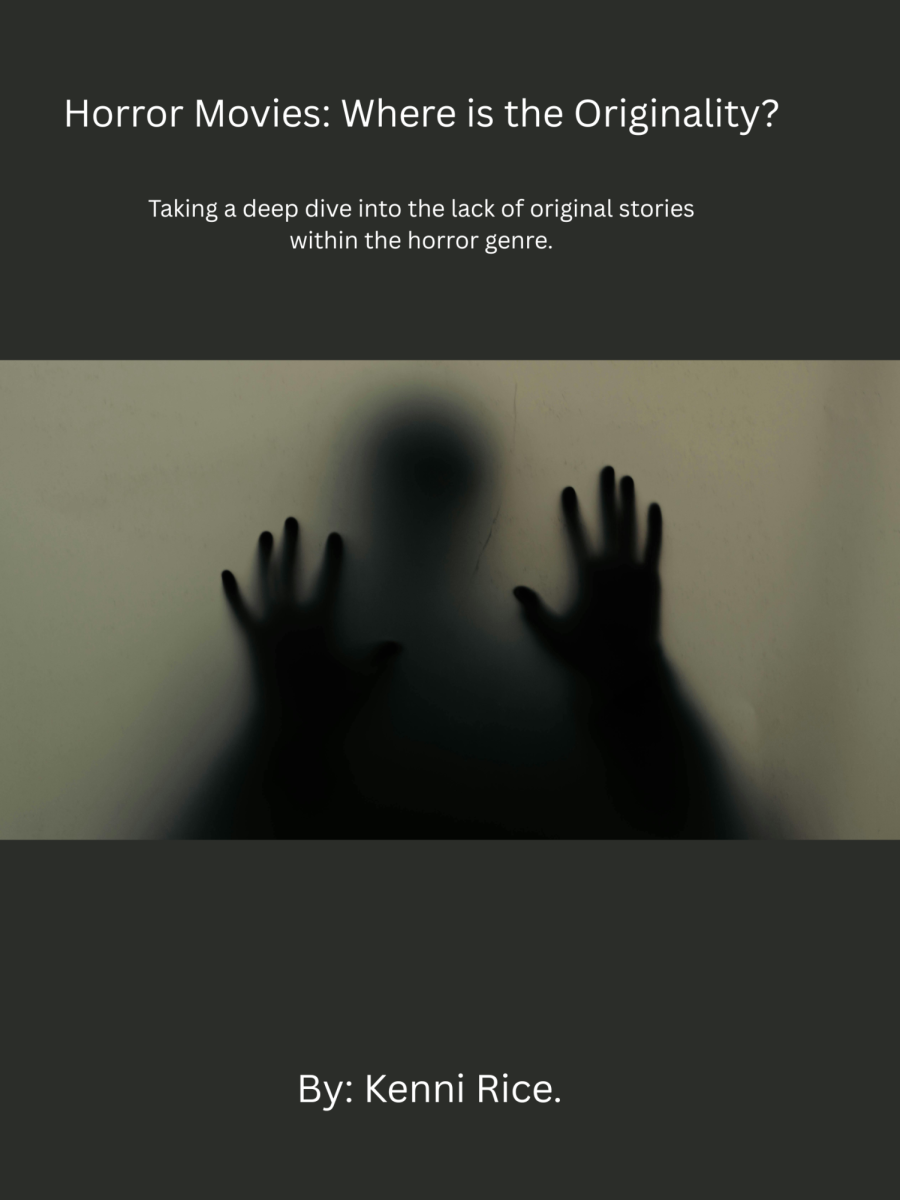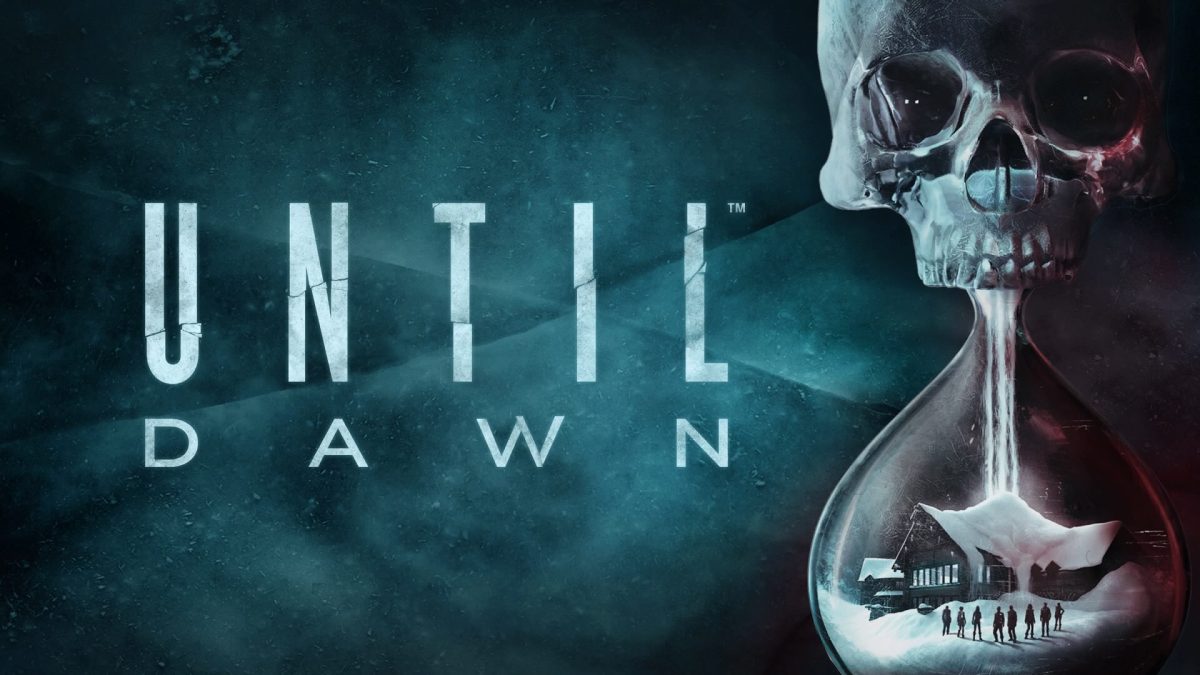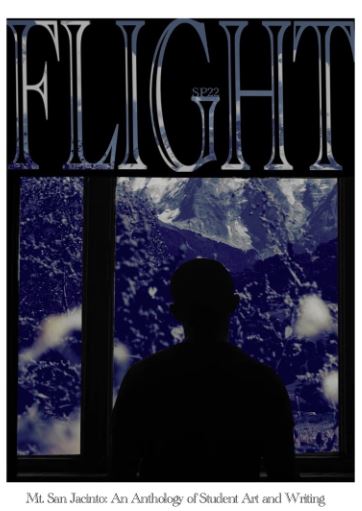It’s been 40 years since the initial release of Stop Making Sense, Talking Heads’ iconic concert film. Directed by Academy Award winner Jonathan Demme, the film documents the band’s 1983 Speaking in Tongues tour and was shot over four nights at Hollywood’s Pantages Theater in December of that same year. At the time it was just another step forward for the band, but it would be their final tour.
Before they met with Jonathan Demme, the band had visited Japan while on tour for their fourth studio album entitled Remain in Light, which was released in 1980. During their visit, they were exposed to many of the cultural differences between Japan and America; one of these differences was found in the traditional theatrical performances they experienced, including Noh, Kabuki, Butoh, and Bunraku. During these performances, the Japanese would often utilize dramatic behaviors and grand gestures (as well as costumes) to emphasize emotion and feeling.
One of Byrne’s friends, the fashion designer Jurgen Lehl, told him that “everything is bigger on stage.” Byrne has since acknowledged that his friend was likely speaking in regards to the nature of theater and the larger-than-life gestures that come with it; however, Byrne interpreted this as needing a larger-than-life suit.
Talking Heads’ visit to Japan gave them ideas for their next tour. Utilizing the elements they had seen in Japanese theater and drawing on their background as art students and minimalists, they began to lay the foundation for what would be the Speaking in Tongues tour. The band worked tirelessly on the iconic dances seen in Demme’s film, aiming for a feeling of spontaneity, in hopes that the dances would appear as organic and natural as possible while still retaining a striking quality. Many audience members (both then and now) may not have realized just how choreographed the performance was. Talking Heads’ keyboardist and guitarist Jerry Harrison recently spoke on the subject, stating that they did that “every night.” Byrne went as far as drawing out a storyboard for the entire show.
By the time Demme (a longtime fan of Talking Heads) approached the band with the idea of filming their coming tour, the members of Talking Heads had already begun to realize its cinematic potential. When Demme proposed his idea, the band was thrilled. They had been fans of the director’s previous works (notably the 1980 film Melvin and Howard ) and were eager to accept his proposal.
The film began with Byrne strutting onto an empty stage carrying only an acoustic guitar and a boombox. Byrne greets the audience and lets them know that he has a tape he wants to play. There’s a click as he presses start on the boombox and then we’re taken into one of the finest renditions of ‘Psycho Killer’ to have ever been performed. It is not long before Byrne is joined onstage by his bandmates. First is bassist Tina Weymouth, followed by drummer Chris Frantz, and guitarist/keyboardist Jerry Harrison. With the addition of each member, the stage itself is transformed from the barren version seen in the beginning to a fully operating and characteristic one by the end of the film’s runtime. Perhaps a reflection of the loose journey that seems to be taken by David Byrne during the overall performance, this makes for a brilliant and creative addition to the concept of live performance.
Also joining Talking Heads on stage during the film are percussionist Steve Scales, backing vocalists Lynn Mabry and Ednah Holt, guitarist Alex Weir, and keyboardist Bernie Worrell. This was not the first time Talking Heads expanded their lineup; in fact, it was often required for there to be more musicians while playing live due to the complexity of the studio recordings. The addition of these musicians to the main band helps take the film to another level as the nonet performs together with a passion and energy so infectious the audience can not help but get drawn in. Many of the film’s lasting qualities can be found within the relationships between the various bandmates portrayed in the film. Their interactions have given viewers joy for decades.
After 40 years the beloved concert film is back in theaters, boasting a brand new 4k restoration and a new sound mixing. The band is looking (and sounding) better than ever since its return to theaters. The big suit is also bigger than it ever was thanks to the film’s IMAX release. During its original run, the film became a hit with audiences, becoming famous for its tendency to get audiences to start dancing in the aisles. This old tradition has carried over into the current release, with Studio A24 (the studio behind the new restoration) sharing many audience videos of whole theaters turning into dance parties on their Instagram page.
What separates Talking Heads’ and Jonathan Demme’s Stop Making Sense from other iconic concert films such as Scorsese’s The Last Waltz, Led Zeppelin’s The Song Remains the Same, Rolling Stones’ Gimme Shelter, and even Peter Jackson’s Get Back, is the sheer amount of joy that is seen emanating from within the souls of the bandmates. Demme captures perfectly the intricacies and small moments between the bandmates that transform the film from a mere concert film to an expression of freedom, joy, and celebration. From the smiles to the dance moves, this is a film that celebrates what it means to be human. The ability to express ourselves and experience joy shouldn’t be taken for granted, but should instead be savored.
Do yourself a favor and go see Stop Making Sense while it’s still in theaters. You won’t regret it, and if you’ve never listened to Talking Heads before or don’t consider yourself a fan, don’t worry, this film will be sure to change that. It’s a once-in-a-lifetime sort of experience.










































































































